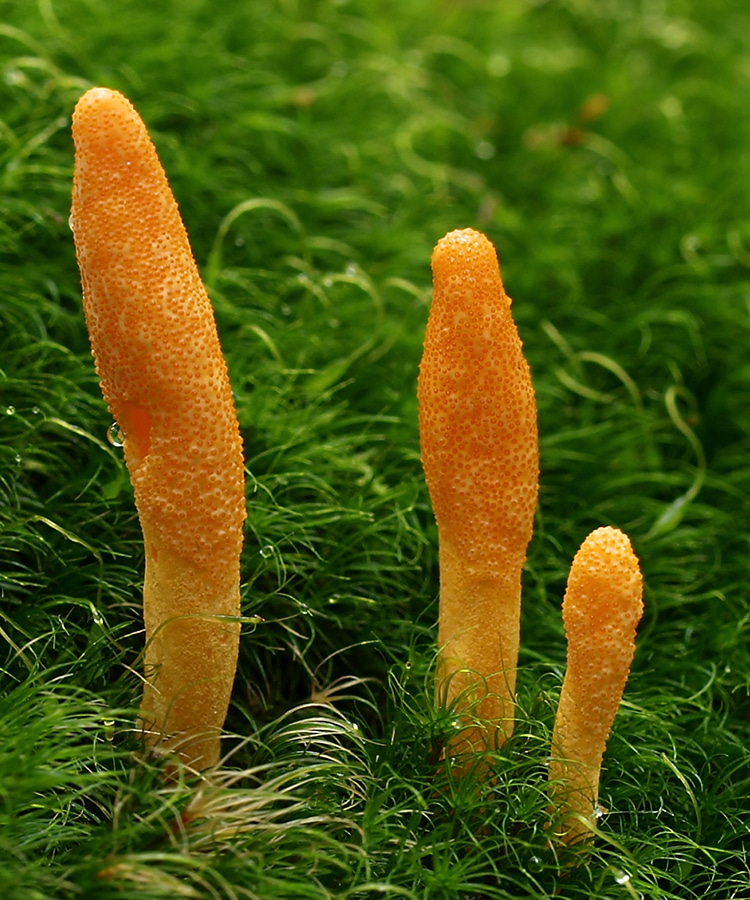
Photo: EUGENEGG/Depositphotos
Humans create language through electrical impulses which course through our neurons. Communication is universal in the animal kingdom, but plants and fungi pose a bit of a silent mystery. As it turns out, they may communicate in “language” too. A new paper published in Royal Society Open Science suggests changes in fungi electrical potential indicate language. Surprisingly, each species seems to have their own lexicon.
Fungi do not have nervous systems, but they do have mycelium networks. This is a web of underground fungal material tying together trees and mushrooms in healthy forests. The network is thought to play a role in distributing the carbon that plants rely on and even in the communication between organisms.
Fungi are fascinating. Professor Andrew Adamatzky—author of the recent paper—has studied the trains of spikes (or electric pulses) across mushroom species. He discovered they change with stimuli such as light, touch, and chemical shifts. These spikes can be short or long. For example, the oyster fungi have only two spikes of 2.6 minutes and 14 minutes long respectively. Adamatzky then turned his attention to a select four species of mushroom. Using intervals between spikes and high and low frequency pulses, he discerned what seemed like a variety of unique words spoken by each species.
These lexicons reached 50 words, but only 15 to 20 were used frequently by the fungi. Some languages featured short words, others long. Cordyceps militaris recorded an average of 8.9 spikes in a word, while Omphalotus nidiformis has just 3.3. These words are yet to be translated, but they may signal rich soil recently discovered or a threat approaching. While the possibility of a mushroom language is new and exciting, some scientists express reservations that the signals replicate a translatable language as we know it.
For now, the property of fungi will be useful for another purpose—cloaking a building in a biological supercomputer. UWE Bristol in the UK is creating a building “capable of adaptively reacting to changes in light, temperature, and air pollutants” out of carbon-free fungi. The fungi will monitor changes in the environment, sending signals to digital computers which can alter the conditions of the building. Adamatzky said in a statement, “This type of building would be ecologically-friendly as it will be made from natural materials, and will be lightweight, waterproof, and recyclable when it reaches the end of its life.”
Fungi have fascinating properties of communication which seem to replicate language, a new study finds.

Cordyceps militaris, which has an average of 8.9 spikes per word. (Photo: Andreas Kunze via Wikimedia Commons, CC BY-SA 3.0)
h/t: [IFL Science]
Related Articles:
Photographer Continues to Capture the Visual Diversity of Rare Fungi
Extreme Macro Photos Unveil the Hidden World of Fungi in the Forest
See Why It Took 15 Years To Make the ‘Fantastic Fungi’ Time-Lapse Documentary
Bioluminescent Mushrooms in Singapore Glow in the Dark Like a “Little Galaxy” of Fungi






















































































